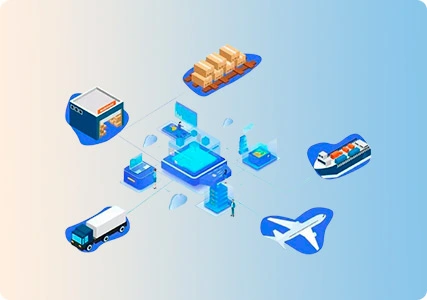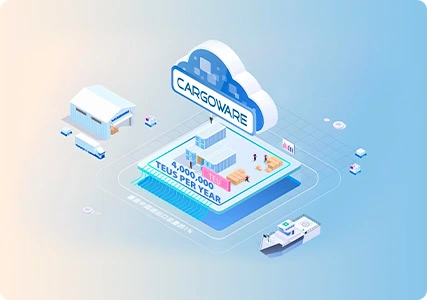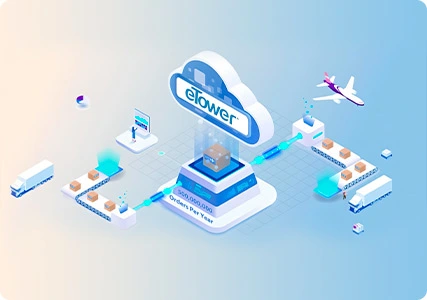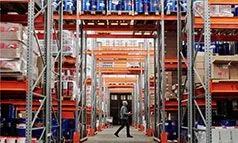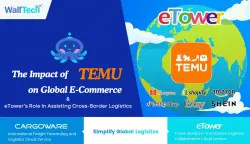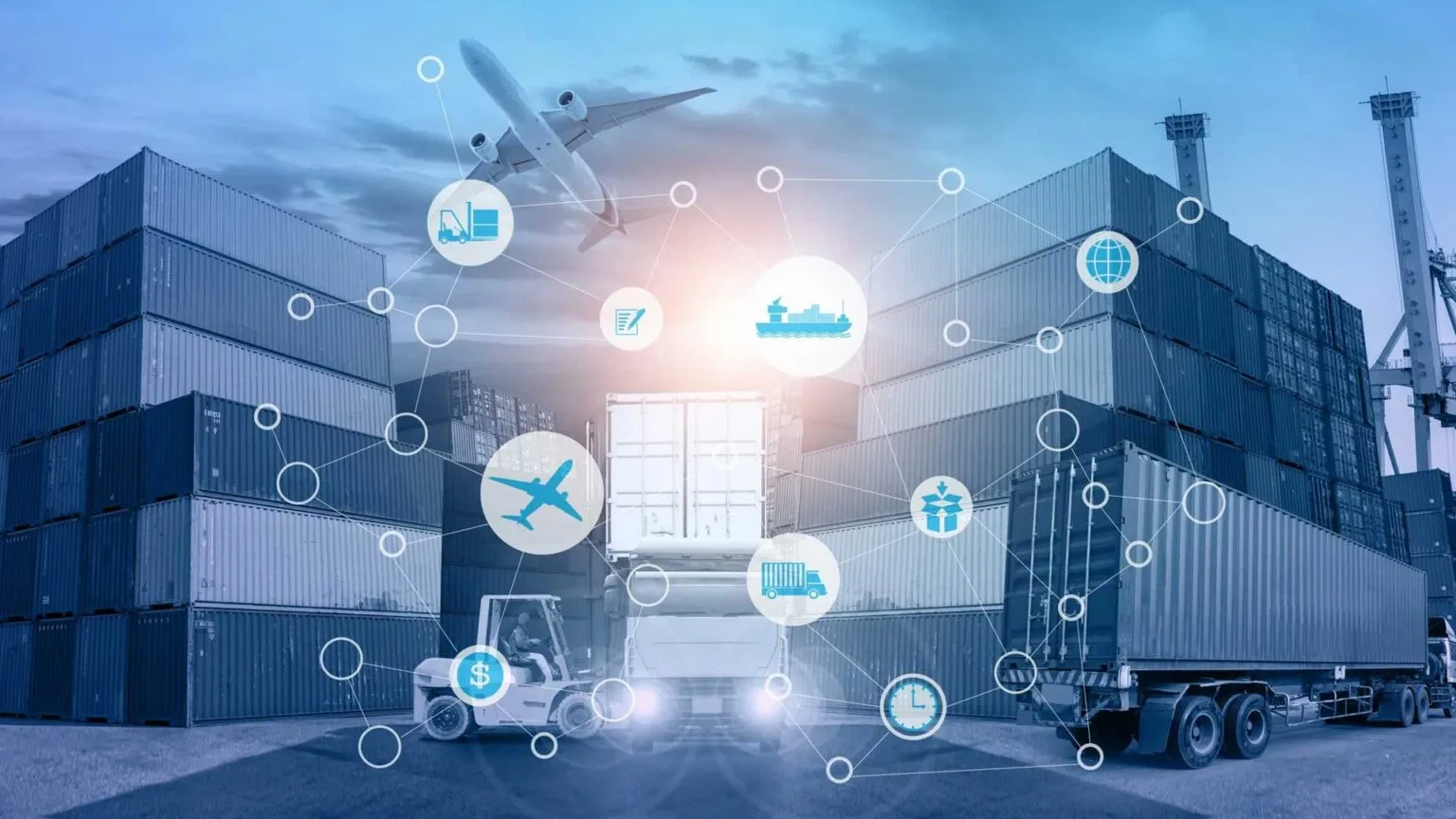The global cross-border e-commerce market keeps breaking records, topping US $790 billion in 2024 and projected to maintain a double-digit CAGR well into the next decade. Yet the same growth story is rewriting the playbook for logistics teams: every new sales channel, customs rule, and delivery promise adds another layer of fragmentation.
Why Cross-Border Moves Are So Much Harder Than Domestic Shipping - Challenges
Regulatory whiplash: The EU’s Import Control System 2 (ICS2) extends to rail and road movements on 1 April 2025, forcing more actors—postal operators, consolidators, even consignees—to pre-file safety filings.
Sudden tariff shifts: The U.S. has just removed the de minimis $800 exemption for parcels from China/Hong Kong, turning routine low-value drops into formal customs entries overnight.
Multi-leg, multi-system hand-offs: Orders often touch origin warehouses, line-haul carriers, destination posts, returns centers and tax brokers—each running different IT and data standards.
Reverse-logistics pressure: Free returns remain a shopper expectation, but routing goods back across borders triggers new HS codes, refund rules and transport.
Data silos: Inventory, tracking and duty calculations may live in five separate tools, blocking real-time answers to “Where is my parcel and what will it cost to clear?”
eTower: A Collaboration Hub Built for Cross-Border Chaos
eTower sits above the physical network, acting as a neutral data layer that connects merchants, 3PLs, carriers, customs brokers and return partners in one workspace. Via open APIs and hundreds of pre-built connectors, it:
Sync orders from marketplaces, ERPs and WMSs.
Maps data to a unified model, auto-enriching HS codes, IOSS/VOEC numbers and security filings.
Selects carriers & services based on rules (speed, cost, duty, carbon).
Generates tracking number and print labels for real-time monitoring.
Streams milestones back to every stakeholder (seller, buyer, CS team) in near real-time.

Five Strategic Gains from a Platform Approach
End-to-End Visibility One dashboard replaces dozens of carrier portals, giving teams and customers the same truth on ETAs, exceptions and landed cost.
Digital-First Compliance Automated filings reduce manual errors and cut clearance times—essential as EU ICS2 and other pre-lodgement schemes tighten the window for data accuracy. taxation-customs.ec.europa.eu
Orchestrated Multi-Leg Workflows eTower’s rule engine choreographs first-mile pickup, line-haul, final-mile injection and returns, even when different partners handle each leg.
Scalable Peak Management Cloud architecture flexes with flash-sale volumes; predictive analytics flag capacity gaps before they impact SLA.
Better Customer Experience with Lower Unit Cost Proactive alerts, branded tracking pages and seamless returns flow turn logistics from a cost center into a loyalty driver—while consolidated volumes unlock better carrier rates.

The Bottom Line
Cross-border e-commerce logistics won’t get simpler; regulations and shopper expectations ensure the opposite. Winning players therefore invest not just in more warehouses or trucks, but in smarter connective tissue—platforms like eTower that translate fragmented data into orchestrated action. The result: faster compliance cycles, fewer surprises at the border and a customer journey that feels local, even when the parcel travels half the planet.

